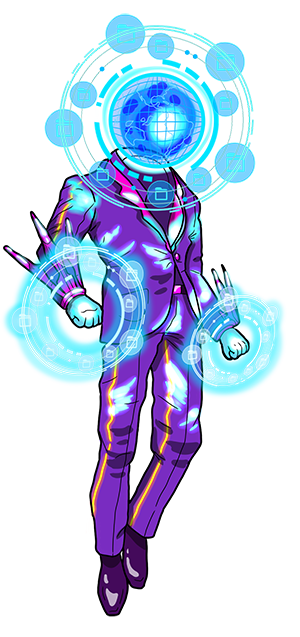As video games grow more complex—with massive content volumes, live updates, and global launches—the challenge of localizing them only intensifies. Ensuring that each piece of content is delivered clearly, consistently, and on time in multiple languages requires more than just linguistic skill; it demands technical precision and scalable workflows. That’s where solutions engineering (SE) comes in.
This article explores how SE empowers global game launches through smart automation, seamless tool integration, and agile adaptation to technical demands.
What Does a Solutions Engineer Do in Game Localization?

In the language services industry, solutions engineers are the unsung heroes who ensure localization workflows not only function, but perform brilliantly when stressed. Unlike traditional localization roles, Solution Engineers focus on aligning those workflows with smart, scalable technology that evolves alongside the needs of the game and ongoing technical improvements.
Their responsibilities center on designing and implementing the technical backbone of localization: enabling interoperability between systems, introducing automation where it adds the most value, and scaling processes to handle the fast pace of modern game development. These efforts require close work with project managers, linguists, and developers to make sure every moving part—from the CMS and TMS to the game engine itself—runs in sync.
Solution engineering teams are the bridge between localization strategy and technical execution, as they ensure that global releases happen efficiently, with consistency and quality at scale.
How Solutions Engineers Future-Proof Localization Pipelines

Solutions engineers don’t just fix issues, they anticipate them. Their proactive mindset makes it possible to build workflows that hold up under the pressure of sim-ship demands and live-service game updates. Here’s how:
- Workflow Optimization & Automation. They collaborate with automation experts to implement AI-based tools that handle routine checks. This frees up human reviewers to focus on cultural nuances and creative adaptation.
- Tool Integration & Interoperability. By ensuring that content management systems (CMS), translation management systems (TMS), and game engines work seamlessly together by adhering to standards like XLIFF or TMX, solutions engineers eliminate bottlenecks and minimize manual steps.
- Technical File Handling. Solutions engineers manage complex file types, design custom parsers, and make sure that assets flow correctly between teams. Their work supports continuous localization for games with ongoing updates or downloadable content (DLC).
Solution Engineering in Action: Turning Bottlenecks into Breakthroughs
In a recent AAA game release, our Solutions Engineering team reworked a fragmented localization pipeline plagued by inconsistent terminology, delayed deliveries, and duplicated work. By centralizing glossaries, automating key quality assurance (QA) steps, and integrating translation memory updates into the game build system, they cut turnaround time by 30% while improving consistency across eight languages.

Sara Rodríguez, a seasoned localization lead and solutions architect, summed up their efforts simply, “The best solutions are invisible. When the process works, nobody notices the engineering behind it—but that’s exactly what makes it powerful.”
She explained that her role isn’t about flashy tools, but creating sustainable workflows that support linguistic quality without disrupting development timelines. In her experience, the earlier a solutions engineer is brought in, the fewer issues arise down the line.
The Takeaway
Today’s localization needs are radically different from what they were even five years ago. Games are launched in dozens of markets at once, updates roll out weekly, and AI tools are reshaping workflows in meaningful ways, when implemented correctly. All this evolution creates new dependencies and risks for developers. Having a solutions engineering team on board ensures that the localization of a project can keep pace—without sacrificing quality.
From managing the tech stack behind the scenes to empowering scalable, cross-functional teams, solutions engineers no longer play support roles. They’re strategic partners who make global game launches possible.



